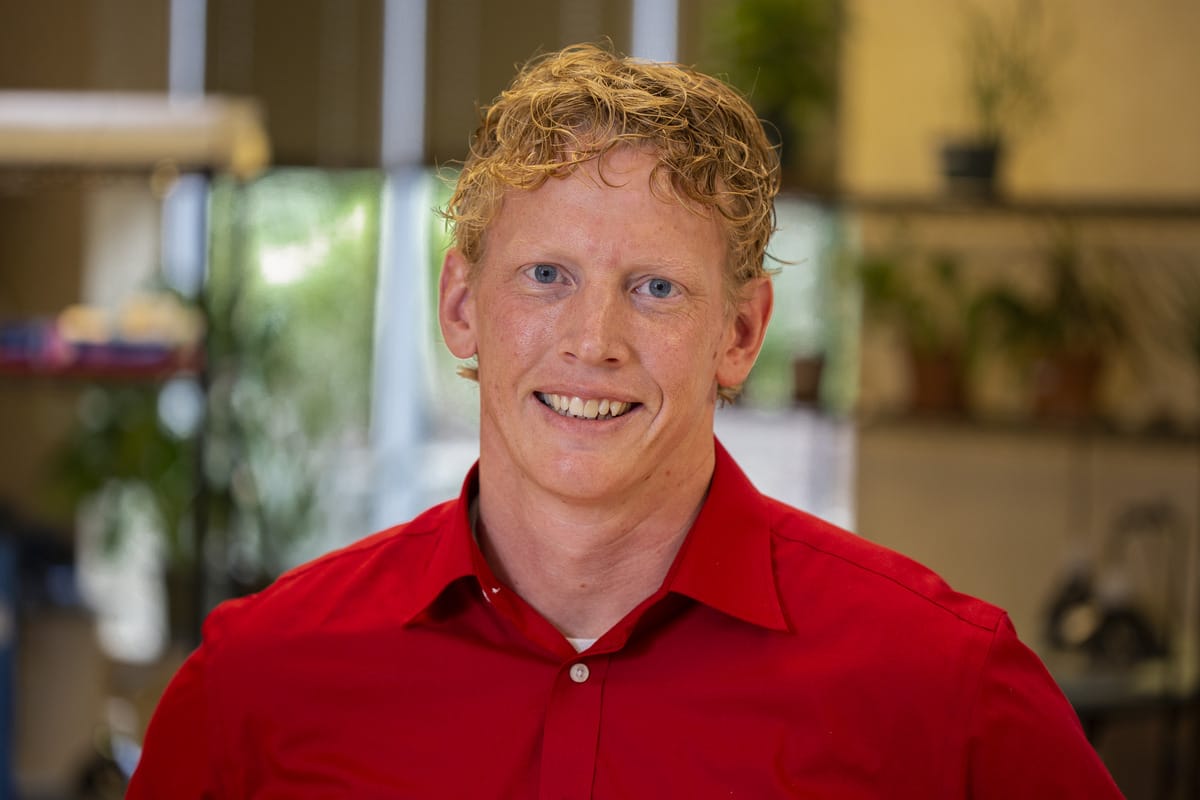Last week, I helped facilitate a Zoom call between a group of elementary students and the Florida nonprofit, Keepers of the Springs. The interview only lasted 30 minutes, but it was electrifying. Students were enraptured by the presenter’s stories. They “oohed” and “aahed” at the fossils he’d found while diving in the Florida springs and peppered him with questions like, “What’s the difference between a watershed and an aquifer?” It was the kind of learning that kids remember – a fun, meaningful moment that stays with them even as they grow older.
All of this was just one small part of a larger lesson. A project-based learning (PBL) experience that taught students how to investigate and improve their own drinking water. Each phase of the project gave students something they could see and touch while encouraging them to create positive change. By the end, they hadn’t just learned the principles of science and math, they also knew how to apply them to their daily lives. I’ve seen PBL implemented before, and with each new lesson, I become more and more convinced that it’s the future of education.
Diving In
There’s a place for helping students acquire and retain information — but if we want to cultivate students who will help our world face its biggest challenges, we need to do more. Project-based learning is an ideal way to begin. What makes PBL so effective is that it gives students the opportunity to create real, tangible change. Whether it’s by teaching them about the value of environmental sustainably or giving them a chance to test water in their local reservoir, the effects can go far beyond our classrooms.
One example of this still resonates with me even today. Years ago, while exploring PBL resources alongside another teacher, she suddenly turned to me and said:
“This kind of project is a perfect opportunity to help our class think about issues of access and equity.”
And it was! Her students would be learning about nutrition and healthy eating, but they lived within thirty miles of an area where food deserts were common. As students explored the topic, the pedagogical soil would be incredibly fertile; students would have ample opportunity to reflect on why their neighborhood had multiple Whole Foods, while just half an hour away, students were surrounded by fast food.
Create Meaningful Change
We live in a world with incredible challenges and incredible opportunities, and the students in our classrooms will, in a matter of years, be the ones tasked with guiding it wisely. If we want to prepare them for that brave new world, it’s not enough to do things the way we’ve always done them. We need to empower them to start making a difference today, so that we can grow the difference-makers of tomorrow.
Project-based Learning is a great way to engage students, and a great way to teach content. But its true power lies in its ability to provide a rich environment where we can cultivate the kind of inspiring, transformative changes that make all of us — students and teachers alike — excited to wake up in the morning and make a difference.
*Image Courtesy of JJ Harrison via Wikimedia Commons.

